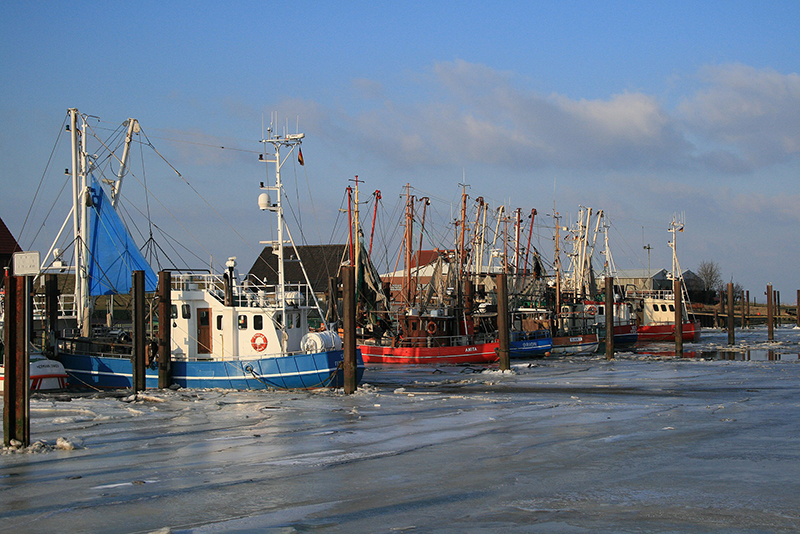
We all know how critical water is to our survival on planet Earth. The surface of the Earth is 71% water covered and oceans hold approximately 96.5% of all Earth’s water. Without water, mankind wouldn’t last much more than a few days, but water is also crucial to other living organisms and modern-day industrialized processes. We must look after our water supply to keep the overall ecosystem alive. Every minute, the equivalent of one full rubbish truck of plastic pollutants is dumped into our oceans. This equates to 1,440 trucks per day and in total 8 billion kilos each year. One of the ways to keep our bodies of water clean is with bubble curtains, also known as pneumatic barriers and air curtains. These curtains, operated using clean compressed air, assist in many ways.
The problem of plastic pollution in canals, rivers and estuaries is by nature transboundary. The plastic pollutants cross political borders and yet countries are slow to claim ownership of the problem. Our rivers are now too frequently described as plastic highways to the ocean. This is an urgent call to install and develop ways to stop plastics from getting that far. The installation of bubble barriers helps catch plastic over the full width and depths of canals and other waterways, preventing those plastics from entering our oceans. Placing a bubble curtain diagonally helps guide plastic waste to one side. Installing a debris collector enables all the pollutants to be easily captured and then recycled or disposed of correctly. Research and analysis can then be conducted on the amounts, brands and types of plastic collected which in turn help to address the problem close to the source.
The use of bubble curtains along shorelines can also be extremely beneficial for countries heavily reliant on the tourism industry. When thinking about Mexico, Guatemala, Mallorca and Corfu, to name a few, we immediately think of beautiful white sandy beaches. For those of us who have been fortunate enough to travel to those destinations, perhaps you can recall seeing beach tractors at dawn clearing up debris that has washed up during the night ahead of the masses flogging down to get their tan. What we perhaps don’t realize is how much these beaches are increasingly impacted by plastic pollution such as bottles, plastics bags and microplastics, and equally natural pollutants such as Sargassum (seaweed) and many other species of aquatic plants or algae. In some cases, the seaweed is pushed by waves onto the beaches and can sometimes accumulate up to 3 meters thick! The simple installation of an air curtain can help these popular destinations retain their natural beauty by dispersing both the natural and manmade pollutants from washing up onto shore.
Silt pollution is caused by silt being carried in the water for some distance before being re-deposited as sediment and can lead to negative environmental impacts downstream. Tests carried out have concluded that one line of air curtain can retain up to 50% of sediment dispersal whilst three lines of air curtain can retain up to 90% of sediment dispersal. Silt and sediment management are critical to protect the aquatic ecosystem. It is also a concern to construction companies wanting to develop alongside watercourses. The bubble wall helps prevent the deposition of sediments in low flow areas such as lock entrances, marinas and temporary work sites avoiding the dreaded beaching of vessels. During dredging works, there is also a natural dispersion of suspended matter in the water. These materials can be contained with an air curtain acting as a sediment barrier. It retains in place fine particles that can be dangerous for the marine environment and thus can, for example, cover spawning grounds or disturb the fragile habitat of marine species. These bubble curtains, whether single or double, are easy to set up at different depths and in different types of waterways such as ports, lakes, rivers, bays and reservoirs. The curtains are fed by a compressor and the injected air flow is modulated based on the desired density of each curtain of air bubbles.
 The formation of ice can be hazardous to both infrastructure and the movement in, around and out of marinas, harbours and ports. The use of a bubble curtain limits, and often prevents, ice formation. Without this technology in place, trade to remote ports and harbours would be impacted, and remote villages would be deprived of crucial resources.
The formation of ice can be hazardous to both infrastructure and the movement in, around and out of marinas, harbours and ports. The use of a bubble curtain limits, and often prevents, ice formation. Without this technology in place, trade to remote ports and harbours would be impacted, and remote villages would be deprived of crucial resources.
Thanks to bubble curtains, we needn’t worry about this. The bubble curtain generates an upward flow, bringing warmer water from the bottom of the body of water to the surface. The colder surface water mixes with the warmer sublayers, thus preventing the formation of ice. It is not the ice formation alone that does the damage. When ice forms, it is shifting, lifting, crushing and thawing. Destructive forces are also created through the freeze-thaw cycle. Collars of ice can form on pilings and dock footings, causing catastrophic structural failure, and ice-bound vessels can experience extreme mechanical damage when locked in ice.
Sullair compressors can assist in the fight to manage growing pollution concerns and the overall safety of our ecosystem. Sullair stationary or portable oil free compressors deliver a variety of solutions for all environmental applications. The OFD1550 provides a much-needed portable solution of oil free air, which can be transported around the world whilst the DSP Series provides a highly efficient electronic-driven solution for those semi or permanent requirements.
From canals, rivers and lakes to harbours, ports and shorelines, one thing is for certain: bubble curtains offer a variety of methods to sustain the natural beauty of our planet. The use of oil free compressed air is crucial in assisting and reducing the continuous impact of our ever-fragile world.
Use the checkboxes to select the types of cookies you want to accept, then press the “Save Settings” button. View our Privacy Policy.